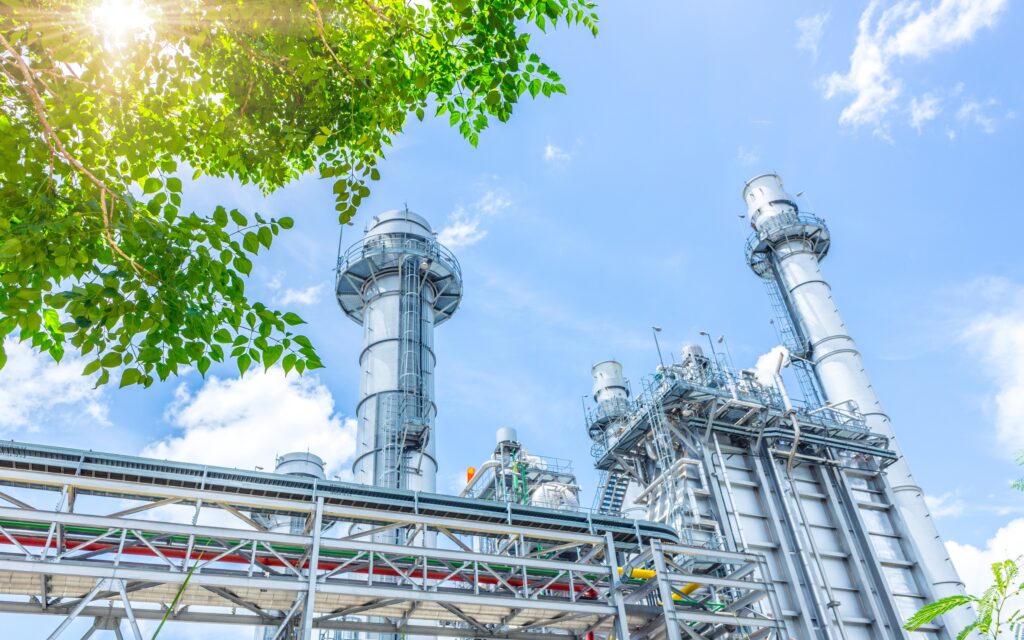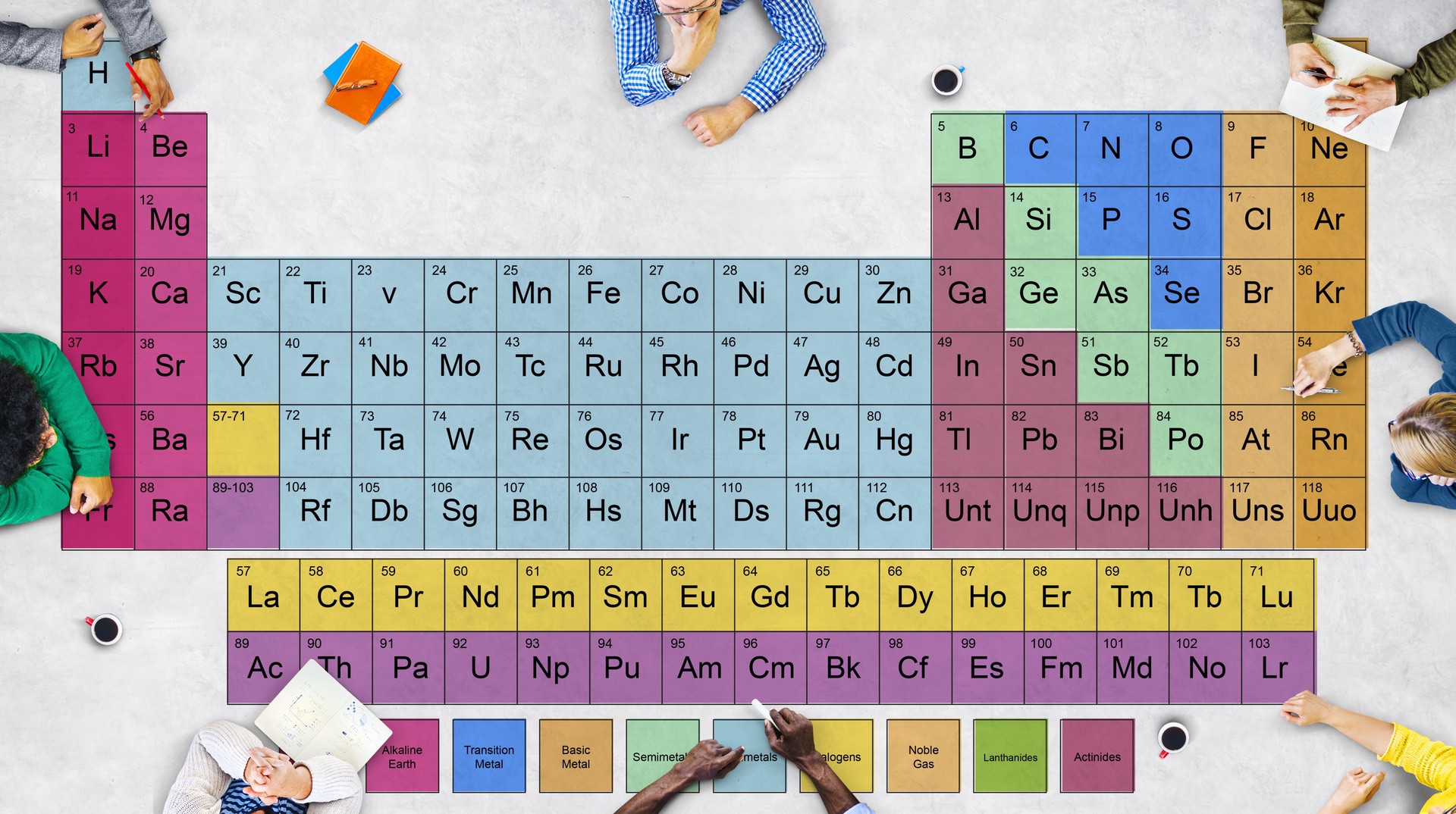Global Environmental Policy Shift: Key Strategies for Businesses to Prepare
2025.01.09
Environmental Catalyst Technology is Emerging as a New Standard for Corporate Competitiveness
The paradigm of global environmental regulations is undergoing a fundamental transformation. As environmental policies increasingly determine corporate competitiveness, companies worldwide are responding swiftly to these changes. With the European Union, the United States, and China implementing stricter environmental regulations, environmental technology is no longer a choice but a necessity for survival.

How Are Global Environmental Regulations Changing?
How Are Global Environmental Regulations Changing?
✔ European Union (EU)
Since launching the New Circular Economy Action Plan in 2020, the EU has further strengthened regulations with the Net-Zero Industry Act (NZIA) in June 2024. The act aims to produce 40% of net-zero technology demand domestically by 2030 and achieve net-zero greenhouse gas emissions by 2050, making environmental technology a critical market entry requirement.
✔ United States (US)
The US is taking even more aggressive measures. Through the Inflation Reduction Act (IRA), the government has committed $369 billion to clean energy and carbon-neutral technologies. Additionally, from 2027, the NOx (nitrogen oxide) emission standards for heavy-duty commercial vehicles will be tightened by over 60% compared to current levels, bringing widespread changes to the automotive and manufacturing industries.
✔ China
China is also driving significant policy changes that impact global markets. Under its 14th Five-Year Plan (2021–2025), China has prioritized clean air policies and implemented ultra-low emission standards for industrial complexes and thermal power plants. As the world’s largest market, China’s regulatory shift is reshaping global supply chains.
South Korea’s Third Comprehensive Plan for Air Quality Improvement: Challenges and Opportunities
South Korea is also undergoing a significant regulatory shift. The Third Comprehensive Plan for Air Quality Improvement (2023–2032), announced by the Ministry of Environment in 2022, outlines a long-term strategy to tackle air pollution and protect public health over the next decade.
Key Highlights of the Plan:
- Drastic Reduction in Air Pollutants – The plan targets significant reductions in fine dust (PM), NOx, and VOCs (Volatile Organic Compounds).
- Expanded Emission Control Scope – Regulations that previously focused on large-scale industrial sites will now extend to small and medium-sized businesses (SMEs).
- Emission Cap and Trading System – South Korea aims to reduce total permitted emissions by 50% compared to 2021 levels by 2027, implementing a cap-and-trade system to encourage voluntary emission reductions.
- Stricter Standards & Monitoring – Emission limits will be strengthened by over 30%, with advanced monitoring systems ensuring real-time management of pollutants.
- Comprehensive VOCs and HAPs Management – A nationwide integrated management system will be introduced for Hazardous Air Pollutants (HAPs) and VOCs.
Environmental catalyst technology will play a crucial role in meeting these evolving regulations. These catalysts effectively reduce air pollutants while optimizing energy efficiency, enabling both SMEs and large-scale industrial facilities to comply with stricter standards in a cost-efficient manner.
For example, NOx and HAPs can be converted into harmless substances, ensuring compliance while lowering operating costs. Additionally, integrating advanced monitoring systems with catalyst technology allows businesses to continuously optimize performance and meet South Korea’s strict regulatory requirements.
Strategic Solutions for Regulatory Compliance: Environmental Catalysts
To meet tightening regulations, Heesung Catalysts offers cutting-edge environmental catalyst solutions based on over 40 years of expertise. The company provides a range of advanced technologies, including SCR, AOC, and OC catalysts, which are becoming essential for both regulatory compliance and business competitiveness.
1. Selective Catalytic Reduction (SCR) Catalysts
SCR catalysts are a key technology for reducing NOx emissions, achieving over 90% efficiency without requiring major facility overhauls. Heesung Catalysts’ advanced low-temperature SCR technology minimizes energy consumption, reducing operational costs. This solution is already widely adopted in power plants, industrial boilers, and marine engines due to its cost-effectiveness and efficiency.
2. Ammonia Oxidation Catalyst (AOC): Solving NH₃ Slip Issues
AOC technology enhances SCR performance by eliminating ammonia (NH₃) slip, a major contributor to secondary fine dust formation. By converting NH₃ into harmless substances, AOC catalysts prevent secondary pollution while maintaining high NOx removal efficiency. With no increase in pressure drop, this technology is a preferred choice for thermal power plants and large industrial facilities.
3. Oxidation Catalyst (OC): Removing Harmful Emissions During Startup
OC catalysts effectively remove CO, VOCs, and formaldehyde (HCHO) during initial facility operation. Optimized to keep NO₂ ratios below 50%, Heesung Catalysts’ precision-engineered Pt-based OC solutions work in synergy with SCR catalysts to maximize efficiency. This technology is now mandatory for all new combined-cycle power plants and has successfully replaced foreign alternatives, improving startup emission control and operational efficiency.
Additionally, Heesung Catalysts provides integrated multi-catalyst systems, combining SCR, AOC, and OC technologies to comprehensively reduce NOx, NH₃, VOCs, and CO emissions. This multi-functional approach allows industrial facilities to meet strict regulations without additional infrastructure investments, while also reducing energy consumption and minimizing space requirements.

Preparing for the Future: Key Takeaways for Businesses
As environmental regulations become a new benchmark for competitiveness, businesses must adopt a long-term strategic approach. This includes closely monitoring regulatory trends and developing mid-to-long-term compliance strategies, proactively investing in technologies that meet both current and future requirements, and finding ways to balance regulatory compliance with cost-effectiveness by adopting environmental catalyst solutions. It is also essential to collaborate with experienced solution providers to ensure effective and seamless implementation.
With regulations growing increasingly stringent, companies require systematic technical support and specialized solutions to maintain their competitive edge.
Heesung Catalysts is committed to supporting businesses through these challenges, helping them turn regulatory compliance into a source of strength and opportunity through advanced technologies and proven expertise.


